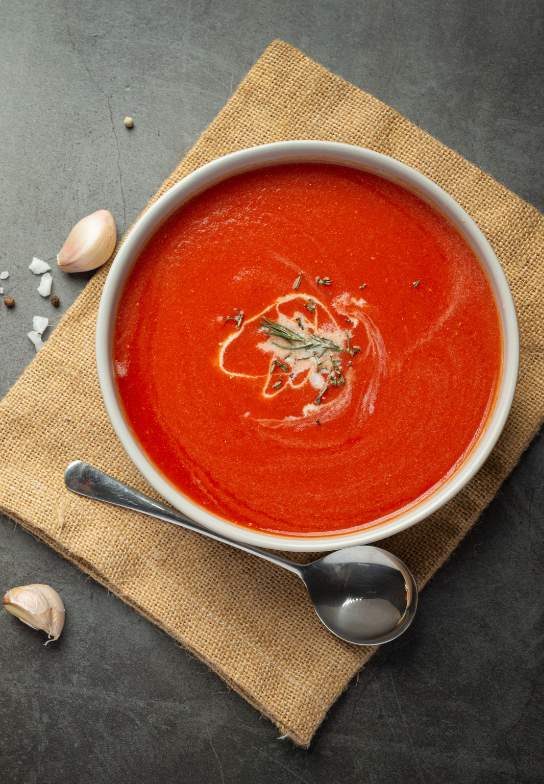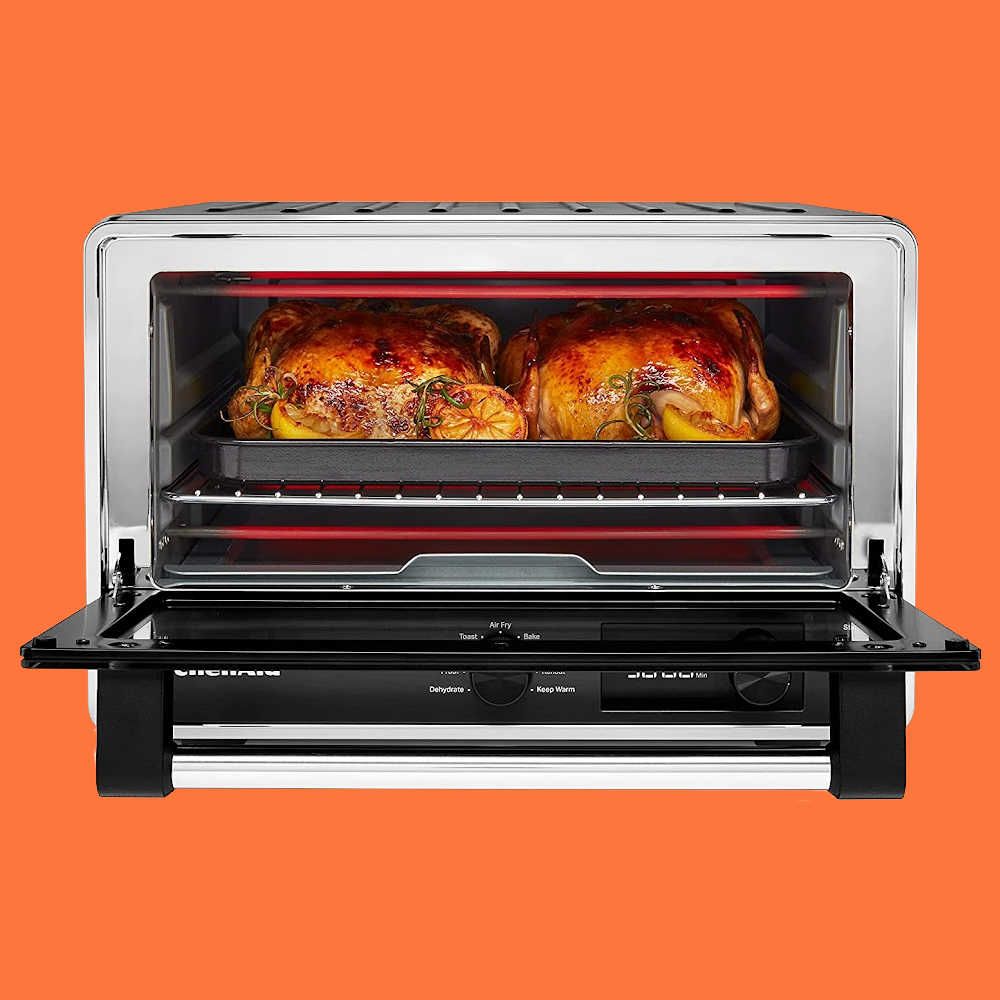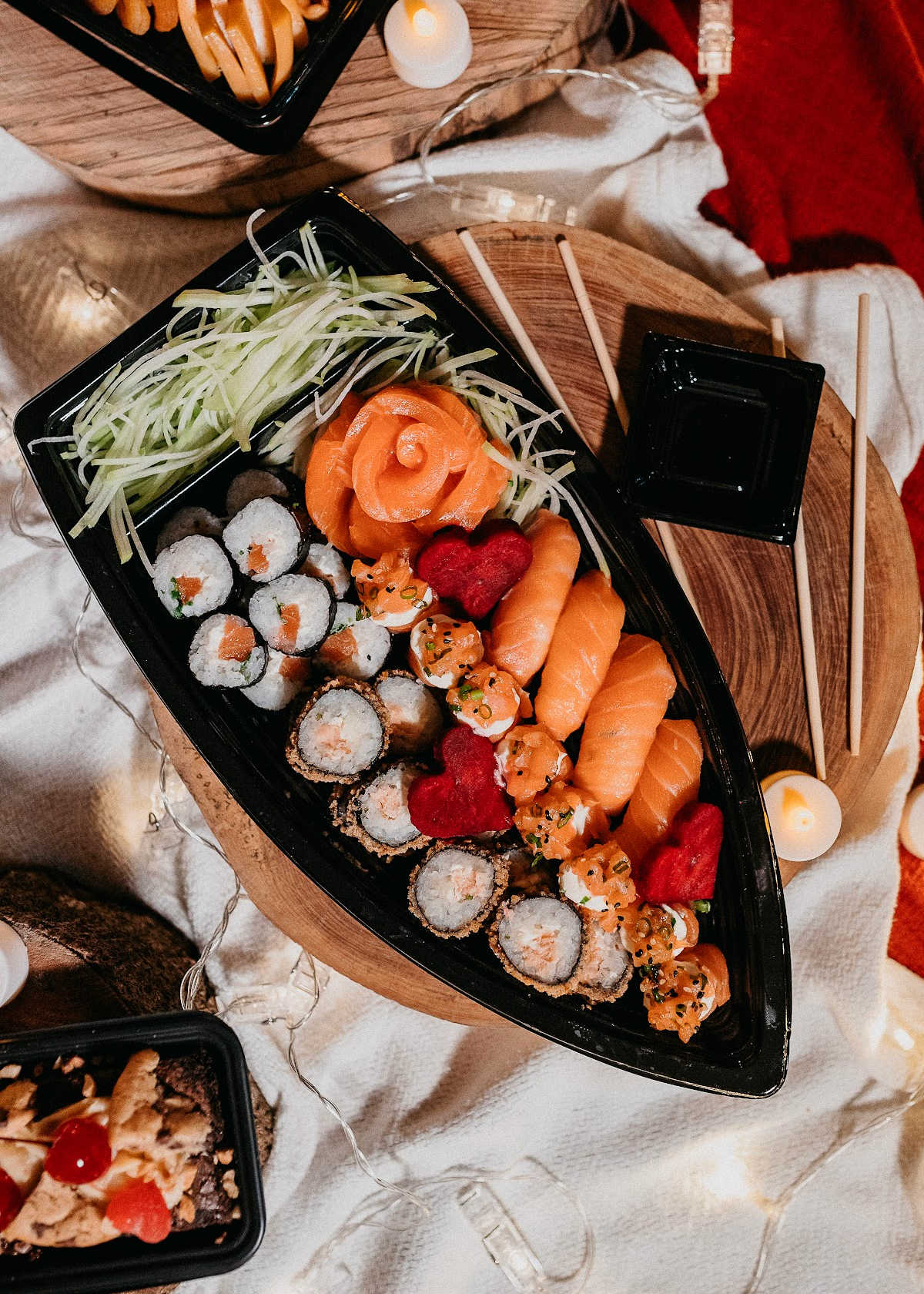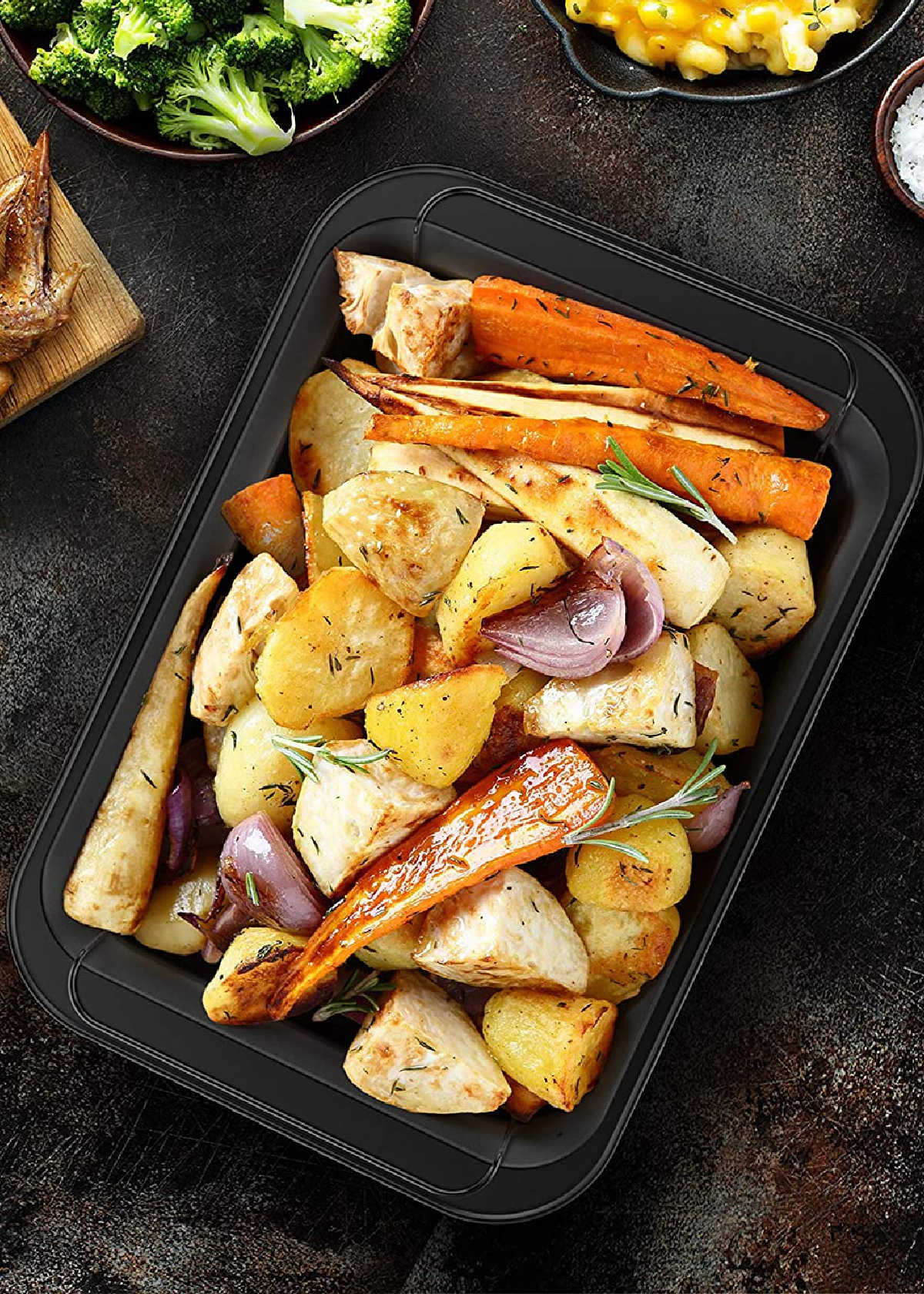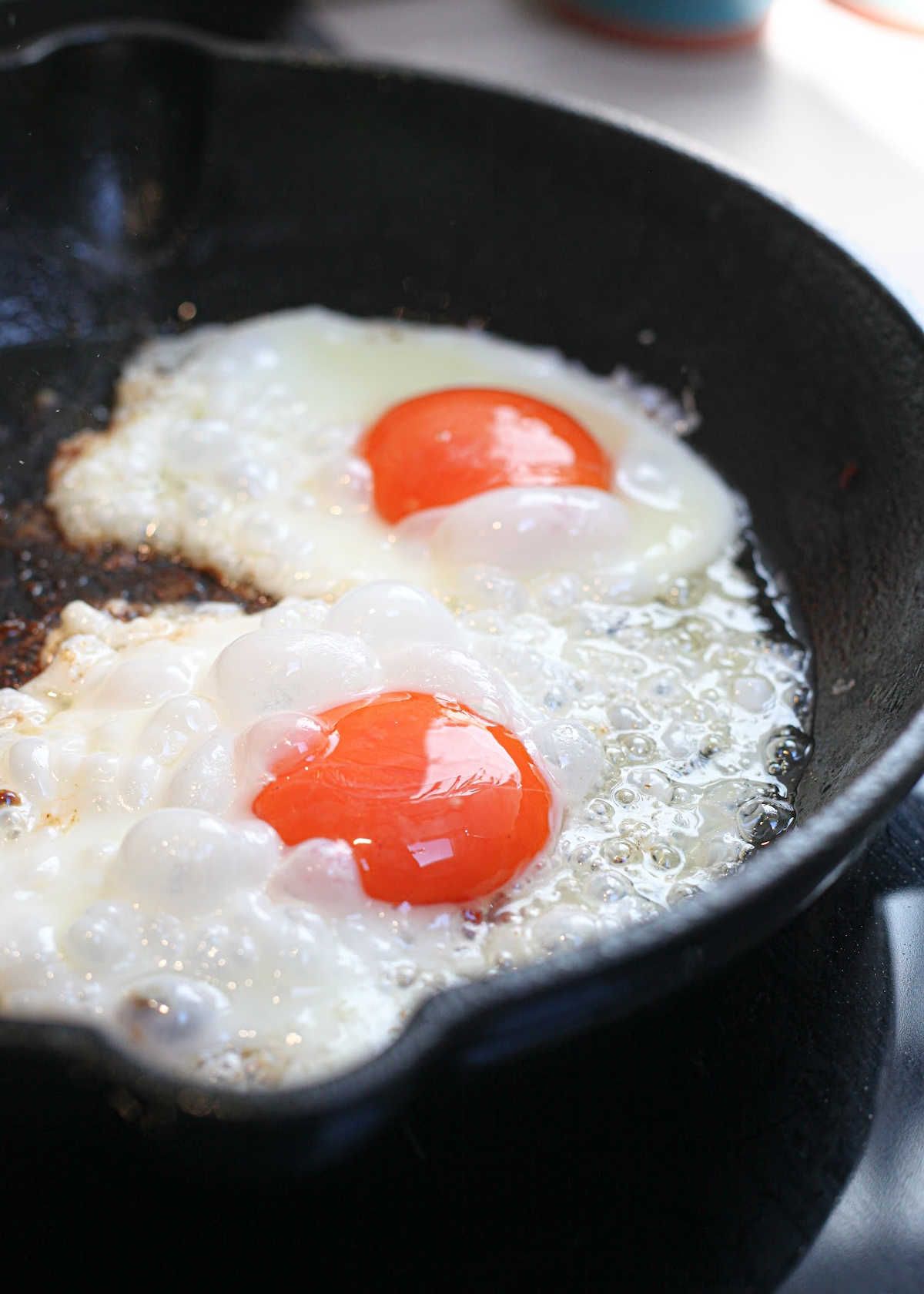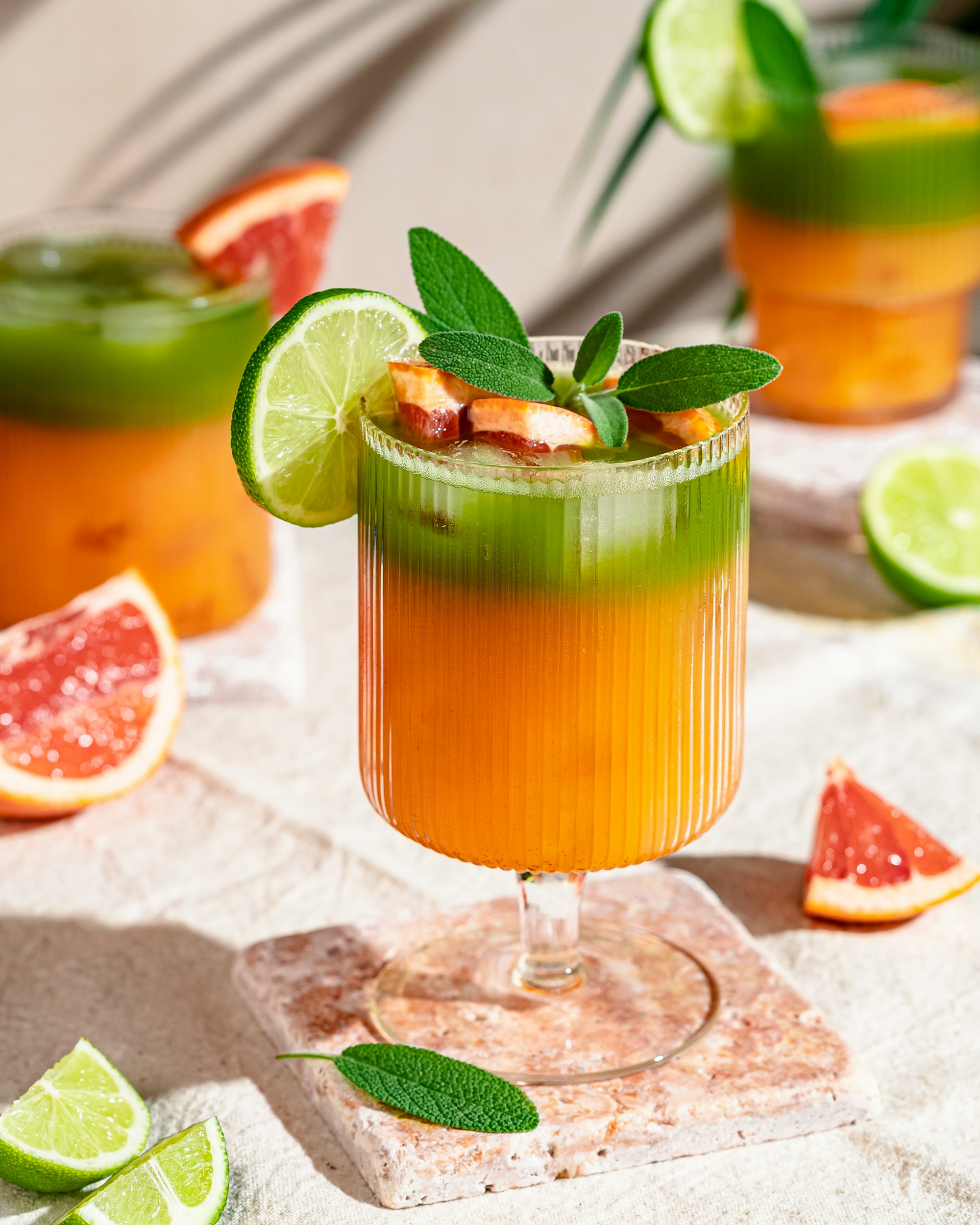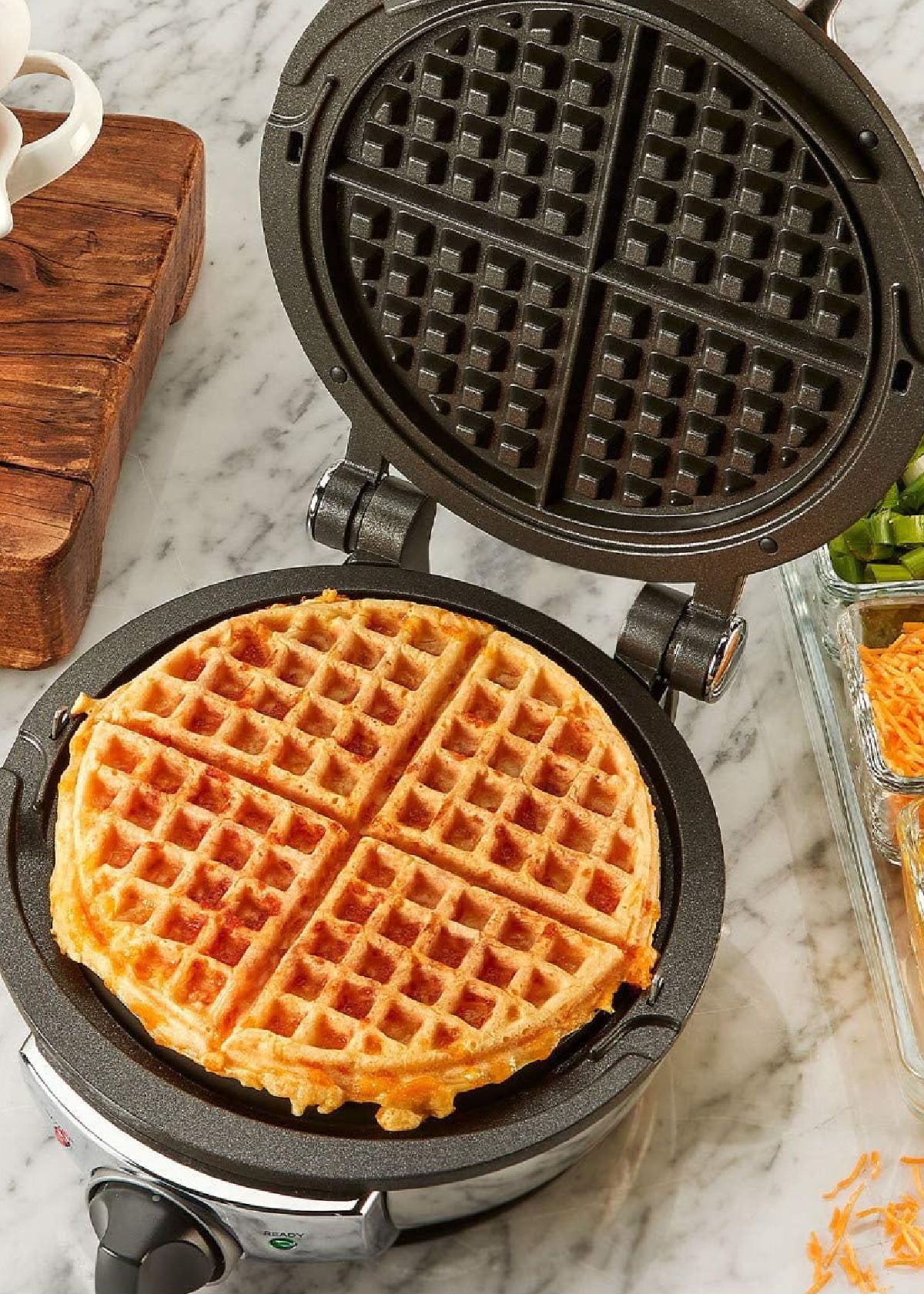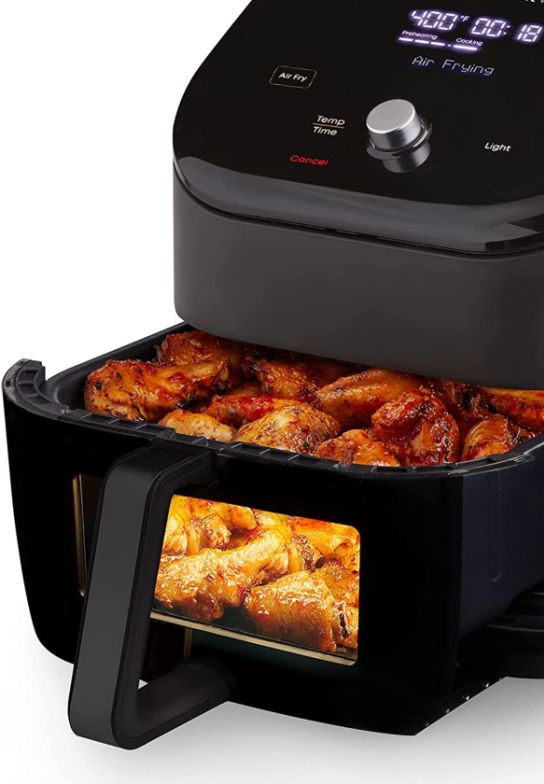Content Summary
Food processors are an excellent tool to use when it comes to pureeing. They make the process faster and more effortless while getting you a consistent, smooth texture.
Whether you're looking to make a smooth tomato sauce, puree your soup, your own baby food or a creamy pumpkin filling, a food processor is the perfect tool for the job.
In this blog, we'll walk you through the steps of how to use a food processor to make various pureed foods and get you the perfect consistency you desire.


How To Puree In A Food Processor
Step 1: Cut Your Vegetables
- Start by washing the raw vegetables you want to puree.
- Remove skin and seeds if necessary.
- Wash them again.
- Cut veggies into smaller pieces.
Step 2: Cook The Vegetables
- Place the vegetables in a pot and cover them with water.
- Bring the water to a boil, then reduce the heat to a simmer.
- Let them cook until they are tender.
- You can opt to roast them in the oven for a richer flavor.
- Once the vegetables are cooked, allow them to cool for a few minutes.
Step 3: Puree The Vegetables
- Scoop the cooked vegetables out of the pot or the pan.
- After cooling, transfer them to the food processor bowl.
- Add a tablespoon of liquid, such as water or broth, to help the puree blend more smoothly.
- Secure the lid and turn the food processor on.
- Start with a low speed.
- Gradually increase it to high, pureeing the vegetables until they are smooth and creamy.
- Pause the processor occasionally and scrape down the sides of the bowl with a spatula, so everything gets blended evenly.
Step 4: Strain The Puree (Optional)
- If you want your vegetable puree to be extra-smooth, like for baby food recipes, you can pass it through a fine-mesh strainer.
- This will remove any bits of skin or seeds that didn't get blended.
- Use a spatula to press the puree through the strainer, and discard any solids that remain.
Step 5: Store Or Serve
- Once your puree is ready, you can store it in an airtight container in the fridge or freezer.
- For soups, you can reheat the puree and add spices or herbs as desired.
- For fillings, you can use the puree as is or mix it with other ingredients to create dips, sauces, or other dishes.


Pureeing Other Dishes
1. How To Puree Soup In A Food Processor
- Follow the exact same 5 steps for pureeing vegetables as above.
- Before you start blending, ensure the soup has cooled down.
- Once cooled, scoop the soup in batches. Do not fill your work bowl to maximum capacity.
- Add cream or other ingredients while pureeing to mix evenly.
- Pulse it thoroughly until you get your desired consistency.
- Blend for a few extra minutes to make sure there are no chunks remaining.
- For silky smooth soup, strain the pureed mixture using a fine-mesh sieve before serving.
Notes:
- If you don't have a food processor, you can use an immersion blender or standard blender for pureeing soup.
- Soup is usually served warm, so heat it up before serving for best results.
- You can add some herbs and spices while blending for extra flavor.
- Stir in sour cream or butter after pureeing for a richer, luxurious texture.
- You can store the soup in an airtight container for up to five days in the refrigerator or up to three months in the freezer.
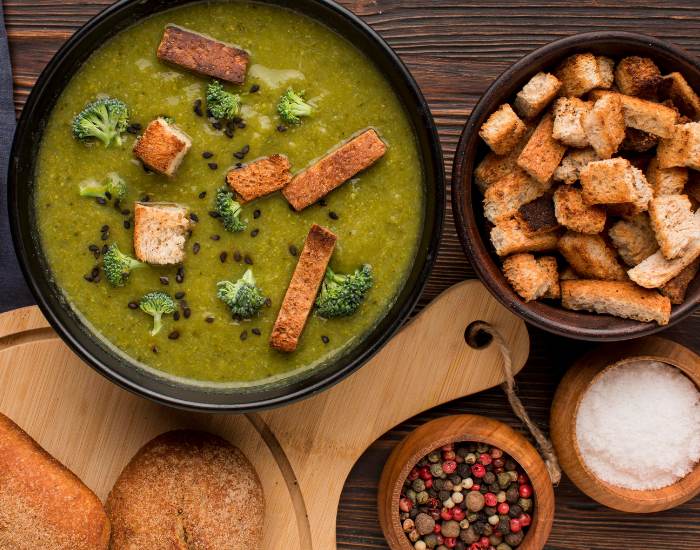

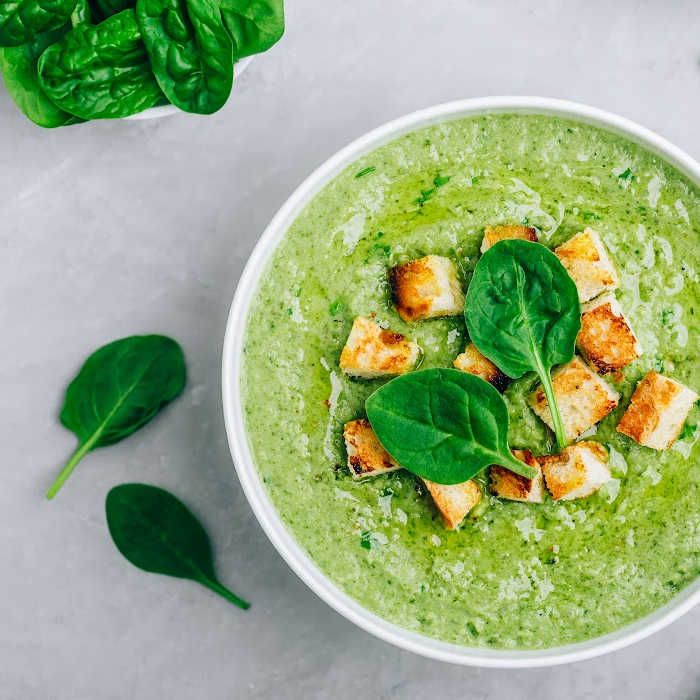
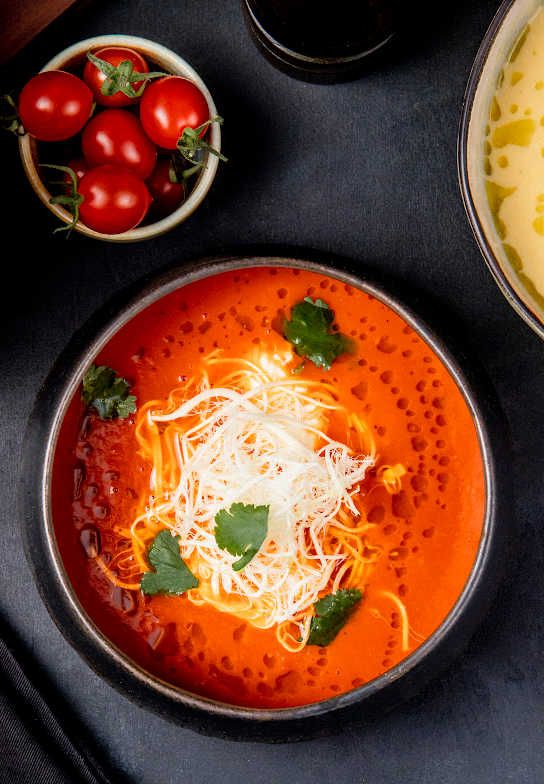
2. How To Puree Tomatoes In A Food Processor
- Start with plum tomatoes; they have a high flesh ratio.
- Wash and remove the stem before cutting them into chunks.
- Add the chunks into the work bowl (maximum two-thirds).
- Add some salt, garlic, or herbs of your choice for added flavor.
- Pulse it initially, then increase the speed to high until it's smooth.
- Scrape the sides of the bowl to ensure you get an even puree.
- Strain your puree for an even finer texture.
Notes:
- You can roast tomatoes before pureeing them for a richer flavor.
- Your tomato puree can be used to make sauces, soups, dips and more.
- It goes well with pasta, sandwiches, tacos, and other dishes.
- Store your puree in an airtight container in the refrigerator or freezer.
- When reheating it, add a tablespoon of olive oil or butter for a richer texture.
- Tomatoes pair well with some herbs like oregano, basil, parsley, and chives. Feel free to experiment and find your favorite combinations.
- If you don't have a food processor, you can use a blender instead.


3. How To Puree Pumpkin In A Food Processor
- Wash and remove the skin, the stem before cutting them into chunks.
- Bake your pumpkin until it's fork-tender.
- Puree in batches. You can strain it for a smooth texture.
- Add salt, pepper, and optional for spices and flavors like cinnamon, nutmeg, or ginger, to enhance the taste.
- Add little amounts of milk or heavy cream to your desired consistency.
- Your pumpkin puree is now ready to be used in various recipes.
Notes:
- You can also use a blender to puree the pumpkin.
- To get a smooth texture, blend for longer and sieve it if necessary.
- Store your puree in an airtight container in the refrigerator or freezer.
- You can also freeze the pureed pumpkin in ice cube trays and store them for later use.
- Use your homemade pumpkin puree to make soups, pies, muffins, and other baked goods.
- Pumpkin purees pair well with various spices like nutmeg, allspice or cinnamon. Feel free to experiment and find your favorite combinations.
- You can add some butter or olive oil for a richer texture and flavor.
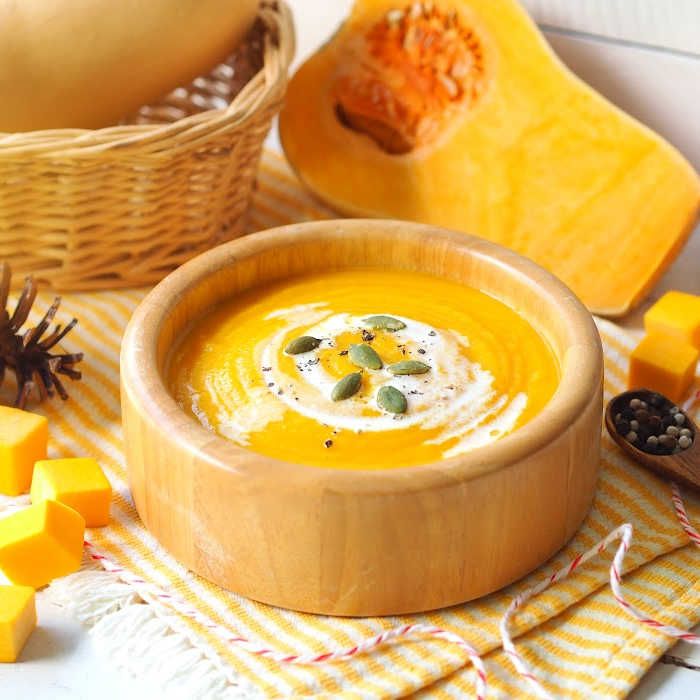



4. How To Puree Carrots In A Food Processor
- Start by cleaning and removing the tops. You can peel them or leave them as they are.
- Slice them into small, equal-sized pieces for even pureeing.
- Place the chunks in the food processor.
- Pulse on low to high speed until you get a smooth puree.
- You can add other ingredients like ginger or garlic for different flavors.
- Add milk or cream to smooth it out.
Notes:
- To get a smooth texture, blend for longer and sieve it if necessary.
- Use carrot puree to make soups, sauces or dips.
- Add some olive oil or butter to give more flavor.
- Carrots pair well with herbs like parsley, cumin, oregano and basil. Feel free to experiment and find your favorite combinations.
- Homemade carrot puree is a great way to get your kids to eat more vegetables. Add it to smoothies, casseroles and other dishes they like.
- You can store your puree in an airtight container in the refrigerator or freezer for up to 5 days.



Tips & Tricks
- Start with small batches if you're new to pureeing. This allows you to get used to the food processor and adjust your technique as needed.
- When pulsing, use short pulses for a chunkier texture or longer pulses for smoother consistency.
- If you want extra-smooth purees, strain them through a fine-mesh strainer.
- Always add liquid when blending for a smoother texture and to avoid over-processing the food.
- If you want a thick puree, use less liquid when blending.
- Besides the above veggies, try pureeing sweet potatoes, or making mashed potatoes.
- Use your homemade purees in smoothies, dips, soups, sauces and more! Check out our Tips & Tricks menu for more inspirations with many recipes.
With a little bit of preparation, you can create delicious purees out of your favorite vegetables. Whether you're making a creamy tomato soup or a sweet pumpkin filling, your food processor can help you achieve the perfect texture.
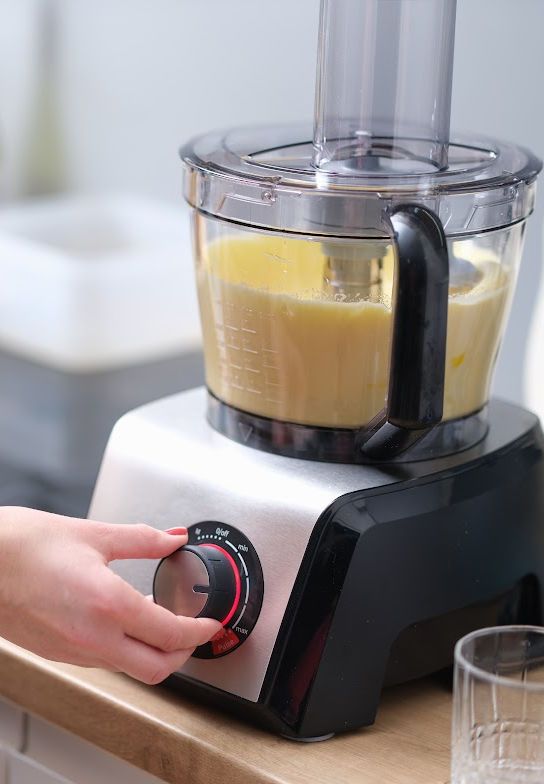
So go ahead and experiment with different flavors and recipes, and enjoy your newfound skills!
Happy pureeing!
Catchy Finds



